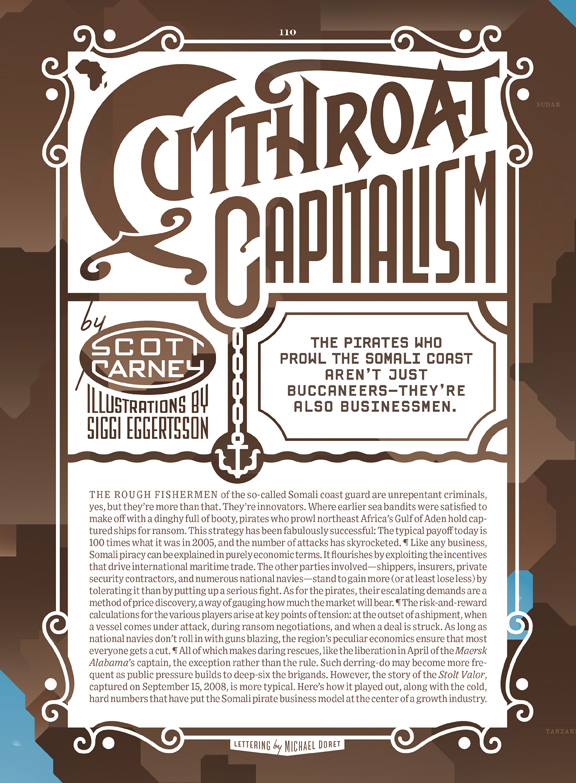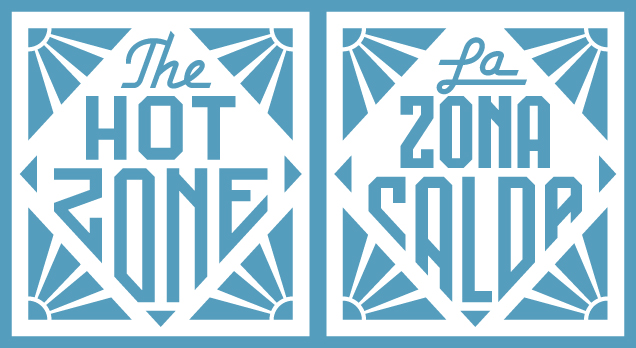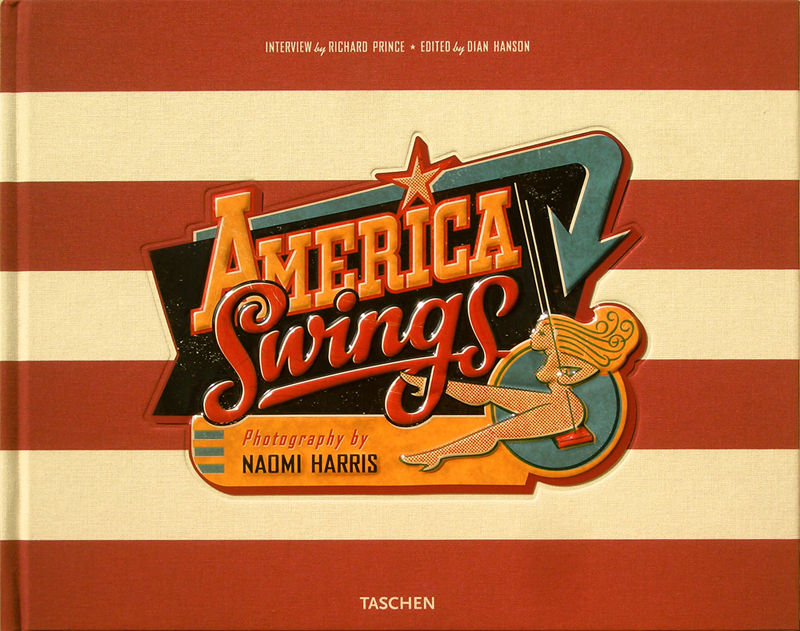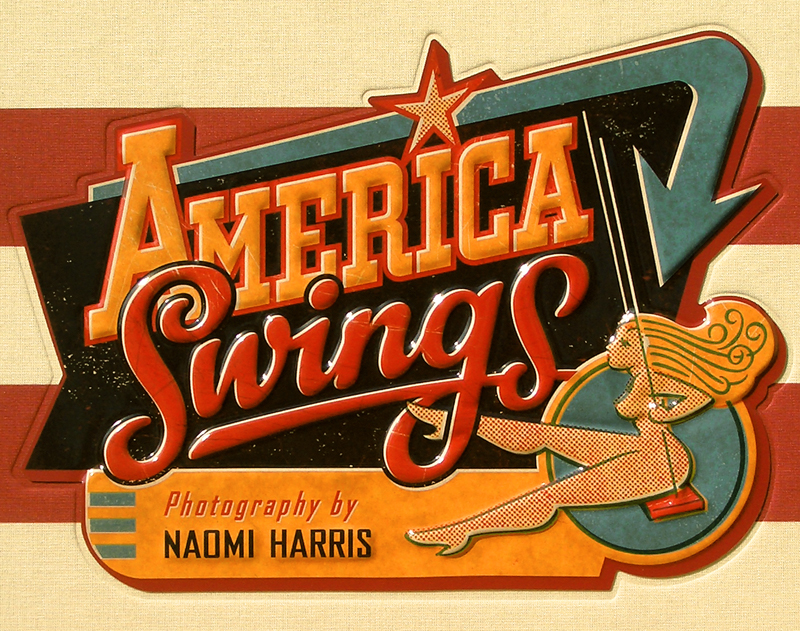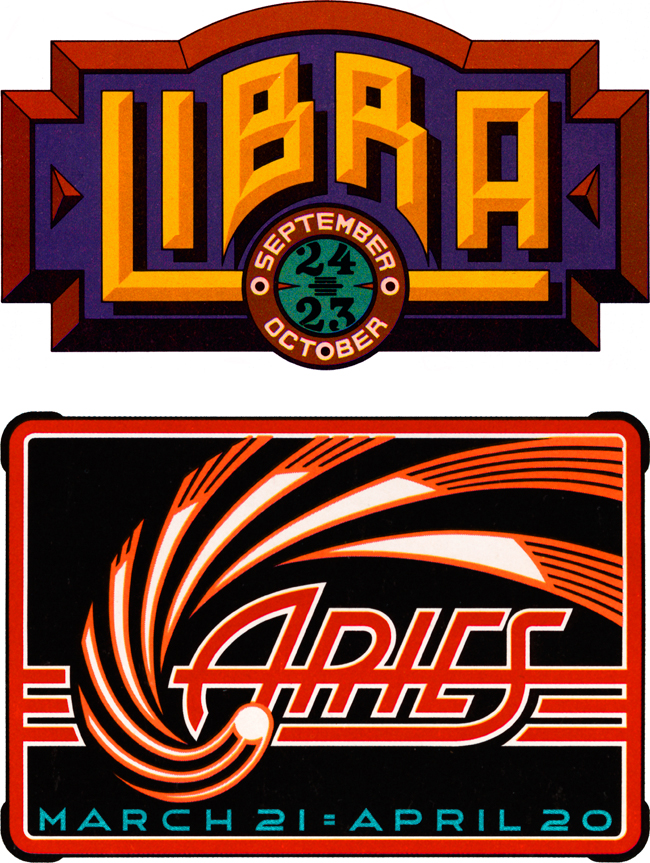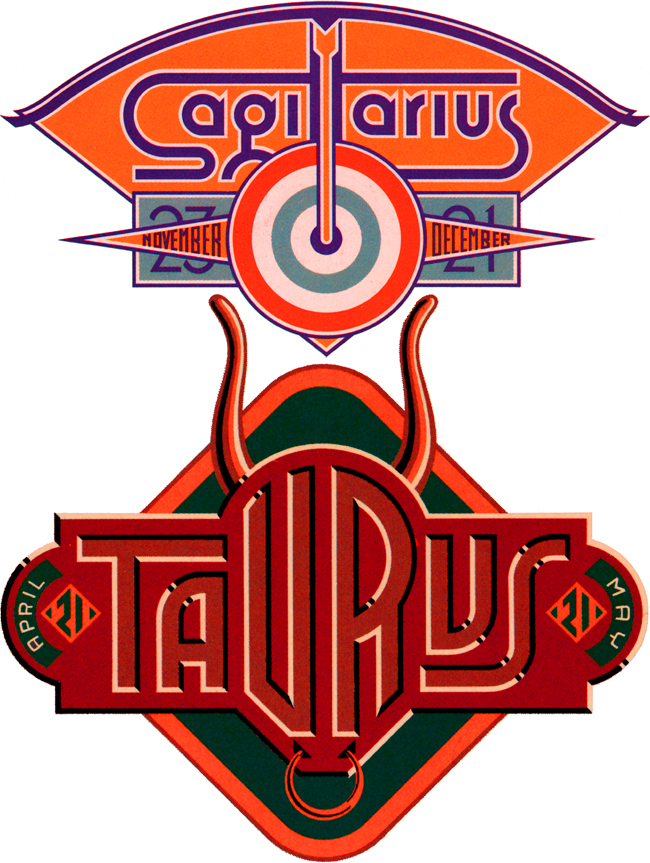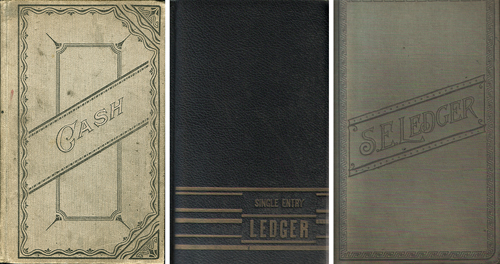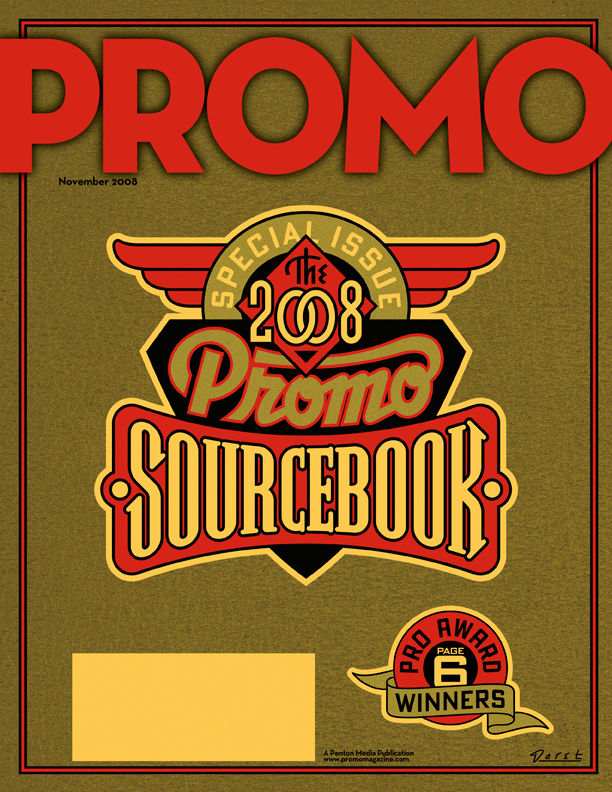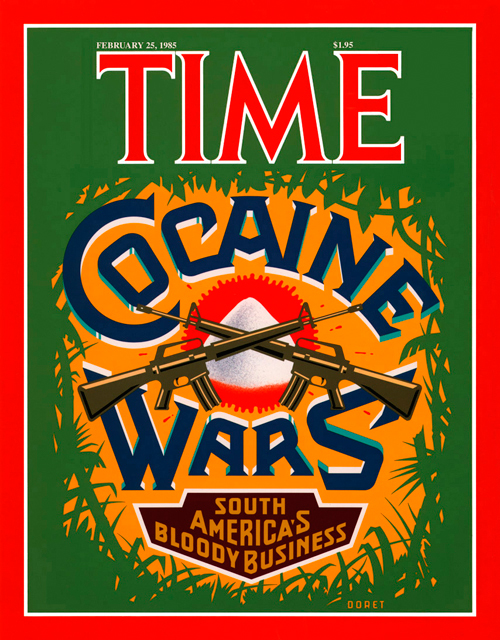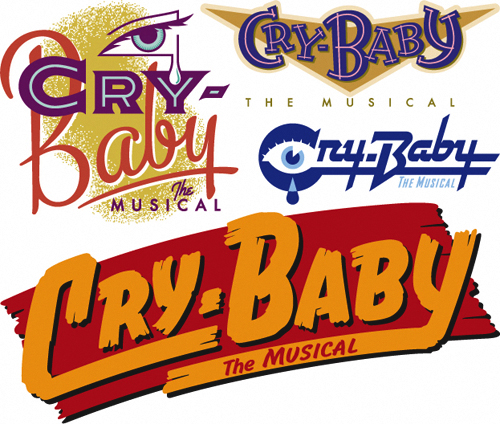 Acme Studio of Maui, Hawaii is known for having an incredible roster of world reknowned designers who have designed pens, watches, cufflinks, wallets and various other accoutrements for them. Some time ago I proposed a pen and business card case to them with a vintage typewriter key theme. This January they've released my "QWERTY" pen and business card case design. Currently it's at the top of their New Releases page (click on "New Releases" at upper left) and and on their Designers page (click on my name a little ways down the list at the left).
Acme Studio of Maui, Hawaii is known for having an incredible roster of world reknowned designers who have designed pens, watches, cufflinks, wallets and various other accoutrements for them. Some time ago I proposed a pen and business card case to them with a vintage typewriter key theme. This January they've released my "QWERTY" pen and business card case design. Currently it's at the top of their New Releases page (click on "New Releases" at upper left) and and on their Designers page (click on my name a little ways down the list at the left).
I’ve always loved vintage office machines—especially old typewriters. I guess it’s because I grew up with them. My Dad was a writer, and my memories of him are filled with the sound of his tap, tap, tapping away day and night on his trusty old Underwood. When word processors started taking over, he just found it too difficult to make the transition. It’s hard to explain, but I think it had something to do with a kind of personal bond that he had formed with his machine. Because of my early associations with manual typewriters I still love not just their look and graphics, but especially the feel and clackety-clack sound of the keys, and the imperfect impressions they’d make on paper.
Those memories of my father and his Underwood are now very near and dear to me. Typewriters have now been pretty much relegated to the dustbin of history. The “QWERTY” keyboard layout still survives despite many attempts to improve on it. In designing this pen and case I saw an opportunity for me to create a small homage to these wonderful machines. It may sound odd, but the way I see it, in a way it’s kind of like one almost obsolete writing instrument paying tribute to another.
Acme Studio products can be purchased in Acme Shops worldwide, in better stationery and art supply stores, in museum shops, and online.





![SonicBoom_Square[trim]](http://static1.squarespace.com/static/56785ba269a91a9ca5808c79/56c4a736fe5f74a520cec7f4/56c4a738fe5f74a520cec94f/1455728440770/SonicBoom_Squaretrim.gif?format=original)
![SonicBoom_Square[detail]](http://static1.squarespace.com/static/56785ba269a91a9ca5808c79/56c4a736fe5f74a520cec7f4/56c4a738fe5f74a520cec951/1455728440773/SonicBoom_Squaredetail.gif?format=original)



